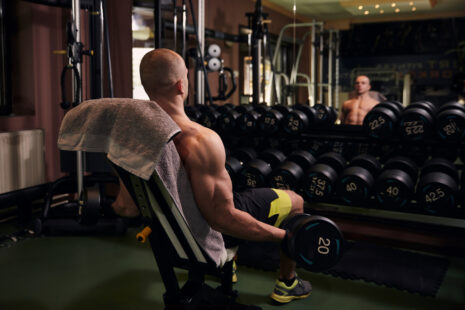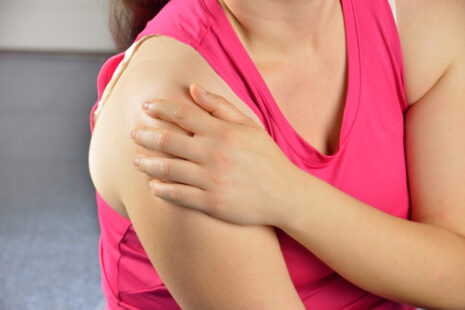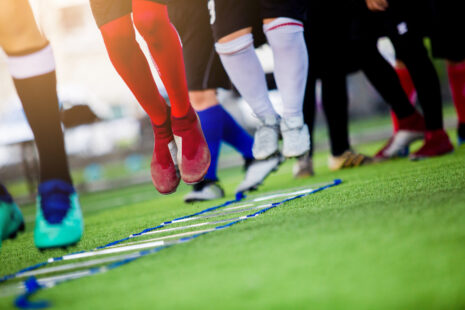Physical therapy plays a crucial role in the rehabilitation process following an ACL (anterior cruciate ligament) injury or surgery. The primary goals of ACL physical therapy are to reduce pain and swelling, restore range of motion, regain strength and stability in the knee, improve proprioception (awareness of joint position), and ultimately return the individual to their pre-injury level of function.
Here are some common components of ACL physical therapy…
- Initial Assessment – The physical therapist conducts an initial assessment to evaluate the extent of the ACL injury, assess the individual’s range of motion, strength, stability, and functional abilities, and develop a personalized treatment plan.
- Pain and Swelling Management – Physical therapy often begins with techniques to reduce pain and swelling in the knee joint, such as ice therapy, compression, elevation, and modalities like electrical stimulation or ultrasound.
- Range of Motion Exercises – Range of motion exercises are introduced early in the rehabilitation process to restore full mobility to the knee joint. These may include gentle stretching exercises, joint mobilizations, and passive range of motion techniques performed by the therapist.
- Strength Training – Strengthening exercises target the muscles surrounding the knee, including the quadriceps, hamstrings, calf muscles, and hip muscles. Exercises may focus on activating and strengthening the muscles without putting excessive stress on the healing ACL. As the individual progresses, they gradually increase the intensity and resistance of their strength training program.
- Balance and Proprioception Training – Balance and proprioception exercises help improve the individual’s ability to control the position and movement of their knee joint, reducing the risk of re-injury. These exercises often involve using balance boards, stability balls, or specialized equipment to challenge balance and stability.
- Functional Training – Functional exercises aim to simulate activities of daily living and sports-specific movements to help the individual regain confidence and functional abilities. This may include activities like walking, stairs, squatting, lunging, jumping, and agility drills.
- Plyometric Exercises – Plyometric exercises are introduced later in the rehabilitation process to improve power, agility, and neuromuscular control. These exercises involve rapid, explosive movements such as jumping, hopping, and bounding, which help prepare the individual for a safe return to sports and other high-demand activities.
- Return to Sport Progression – As the individual progresses through their rehabilitation program and achieves specific milestones in strength, stability, and functional abilities, the physical therapist develops a gradual return-to-sport progression plan. This plan typically includes sport-specific drills, agility training, and simulated game scenarios to prepare the individual for a safe return to their sport.
Throughout the rehabilitation process, the physical therapist monitors the individual’s progress, adjusts the treatment plan as needed, and provides education on injury prevention, proper body mechanics, and ongoing self-management strategies. Compliance with the prescribed exercises and rehabilitation protocol is essential for achieving optimal outcomes and reducing the risk of re-injury.



